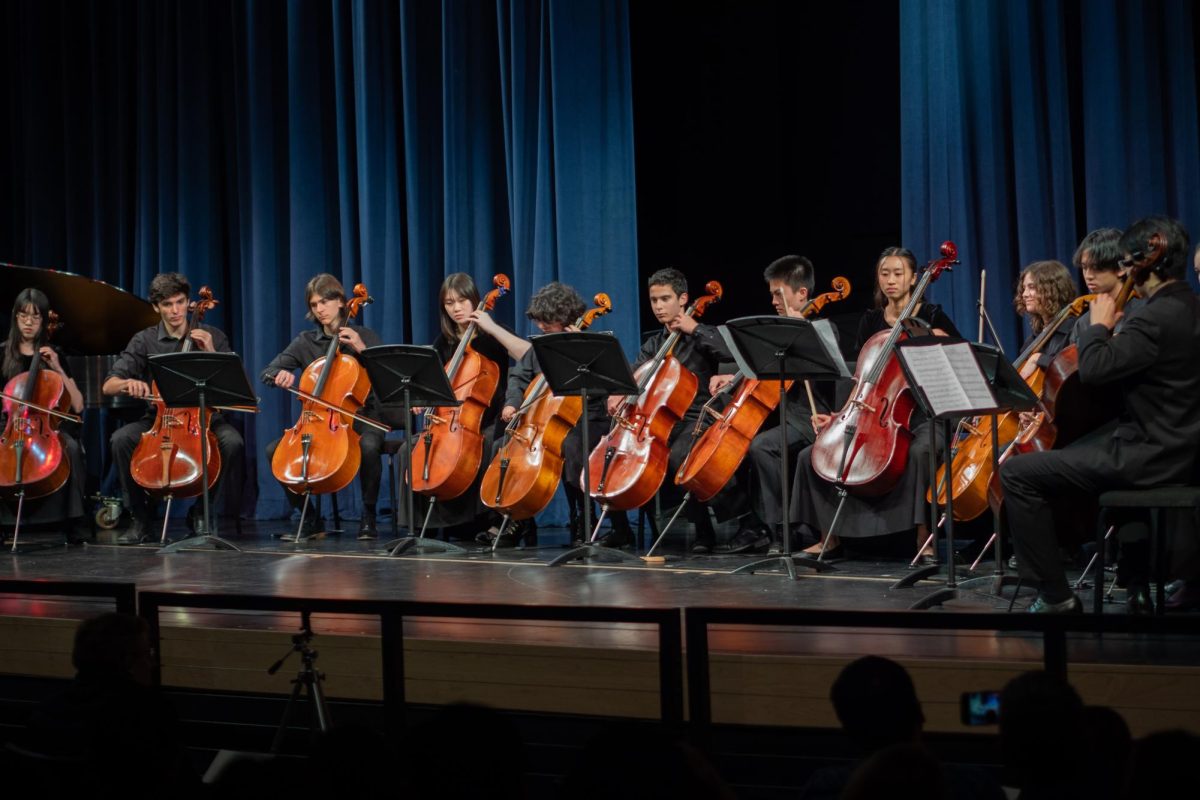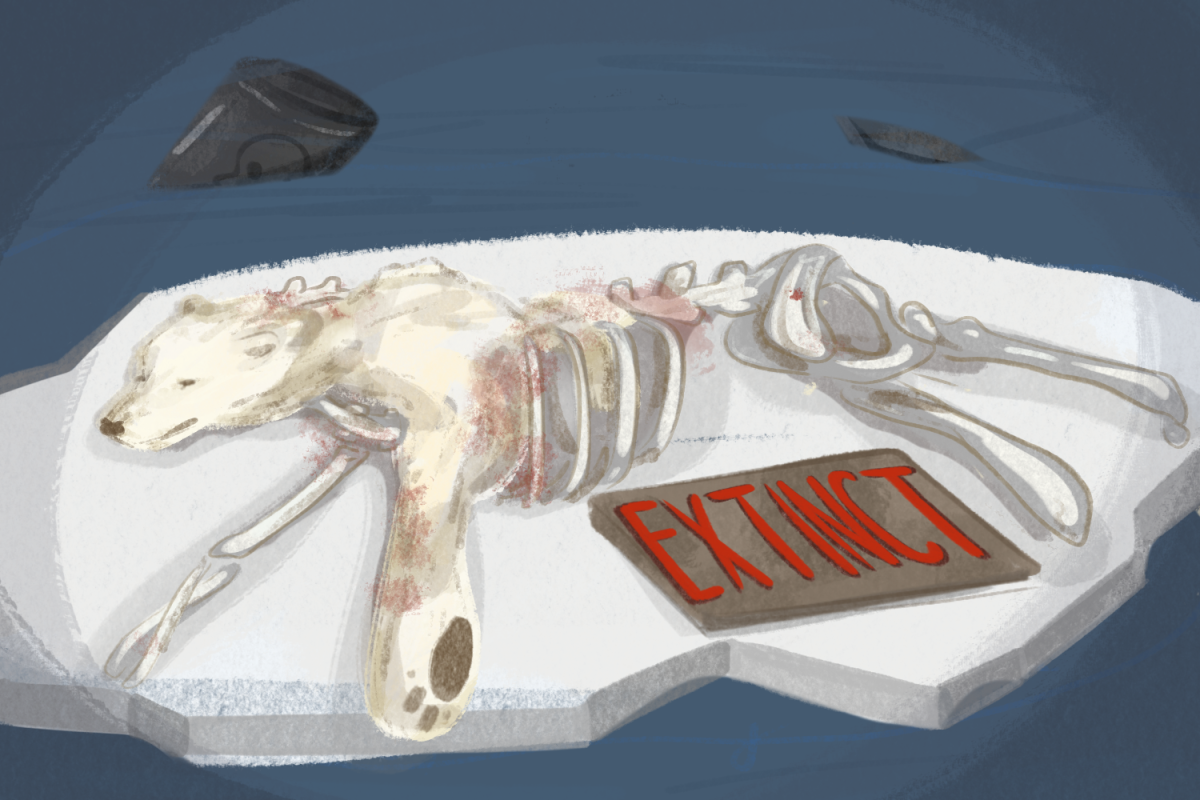On Nov. 15, nine people armed with hammers smashed jewelry cases and took off in Concord. Another robbery was reported at Louis Vuitton in San Francisco’s Union Square on Nov. 19. The next day, an estimated 80 people rushed into Nordstrom in Walnut Creek. Three more thefts occurred a day later in Hayward, San Jose, and Palo Alto.
During the past few weeks, a string of “smash-and-grab” crimes, observed to be coordinated and related, plagued the Bay Area. These occurrences prompted Gov. Gavin Newsom to address the organized crime problem.
“I have no empathy, no sympathy for these kinds of criminal gangs. They need to be held to account,” Newsom said. “There’s nothing right about this, so we just got to be more aggressive.”
Local officials did not hesitate to act either. In response to the increasing number of retail robberies, San Mateo County District Attorney (DA) Steve Wagstaffe announced an alliance between Bay Area district attorneys to ensure that suspects are held accountable.
“The recent premeditated retail theft mob action in multiple cities across Northern California is intolerable and will not be accepted by district attorneys, law enforcement officials, and our community members,” Wagstaffe said in the statement. “Anyone caught engaging in such criminal conduct should expect to find themselves facing prosecution, conviction, and incarceration. There is no leniency for such behavior.”
Each county’s DA office has designated one deputy DA to form a committee to work together and exchange information. While this technique is not new, a partnership helps the different counties communicate to ensure everyone is doing the same thing, especially as it is often the same people committing the crimes.
“In the past, we’ve always worked on our own to punish people. What we have found now is that some of the people who have been caught have committed this crime in multiple counties,” Wagstaffe said. “We want to communicate that, as a community, we can’t let this go on.”
According to the released statement, counties would share information through data collection, crime analytics, and pooled investigative tools to prosecute suspects involved in organized theft schemes.
When a robbery occurs, multiple groups of people are involved in holding the criminals accountable. The police are one of the first to respond by capturing the suspects, working to strengthen investigations. The DA office then charges the suspects and gives punishment based on the evidence available. Finally, the judge decides the sentence.
It’s a harsh approach. We don’t like to do it, but if they think they’re not going to be punished, if the thieves think they can get away with it, they’ll do it and won’t care.
— Steve Wagstaffe
District attorneys have identified punishments as the most effective way to put an end to organized theft.
“This is just pure greed — they’re trying to get something for nothing. The only way to make them not want to repeat the conduct is punishment,” Wagstaffe said. “It’s a harsh approach. We don’t like to do it, but if they think they’re not going to be punished, if the thieves think they can get away with it, they’ll do it and won’t care.”
While organized crime has happened on a small scale in the Bay Area before, what caught the public’s attention in recent events was the incredible number of thieves involved. Some remained outside the store in cars, ready to leave anytime. Currently, law enforcement has closed off areas near shopping centers for vehicles to stay to prevent the reenactment of thieves jumping into waiting cars with stolen merchandise.
Given previous occurrences of robberies, it is common for local cities to have license plate readers put up. This time, people had covered up their license plates for all the cars at the scene, knowing their cars were an easy way to track people, making it clear to officials that the robberies were coordinated.
Evidence of organization led prosecutors to use conspiracy laws against suspects. According to Cornell Law School’s Legal Information Institute (LII), a conspiracy in criminal law is an agreement between two or more people to commit an illegal act, along with an intent to achieve the agreement’s goal.
“These are clearly carefully orchestrated crimes, working together in large groups to create a mob-like mentality,” said Alameda County District Attorney Nancy O’Malley in a statement. “They are instilling fear in merchants, customers, and the wider community. This is especially appalling at a time where many are out and about during the holiday season.”
With Black Friday just passing and Christmas around the corner, organized thefts have influenced consumers’ mentality and the success of businesses.
“It’s going to cause people to be scared. You would think, ‘What if I am suddenly caught in the middle of this rush of 60 people?’ It becomes a different type of environment; you don’t feel that happy holiday spirit,” Wagstaffe said. “For the merchants, not just who had property stolen but for those who depend on the Christmas season, it’s devastating.”
For others, however, the effect on in-person shopping may not be as significant. Due to the COVID-19 pandemic and technological improvements, many consumers have turned to online shopping.
“I feel like a lot of people already stray away from in-person shopping. Especially since last year, many people are just used to online shopping now,” said Megan Li, a junior. “I don’t really buy gifts from stores, so it doesn’t affect me a lot personally.”
Nevertheless, the fear that thefts have instilled in citizens spread beyond the counties they have taken place in, with people concerned about the proximity of the crimes.
“I know that [the robberies] happened in the East Bay where there is a higher crime rate, but the Bay Area, in comparison to other places, is pretty safe,” Li said. “It’s scary that there are so many robberies happening so close.”
The number of groups and their methods to steal merchandise have shaken the state and nation to recognize the severity of organized crimes.
“In a group, they’re breaking windows, going in, and terrorizing everybody who’s inside. This was not done at three in the morning; this was done when the stores were open. Everybody in there had to be terrified,” Wagstaffe said. “I think as a society, we’re going to work hard and try to make sure it doesn’t happen again.”

































